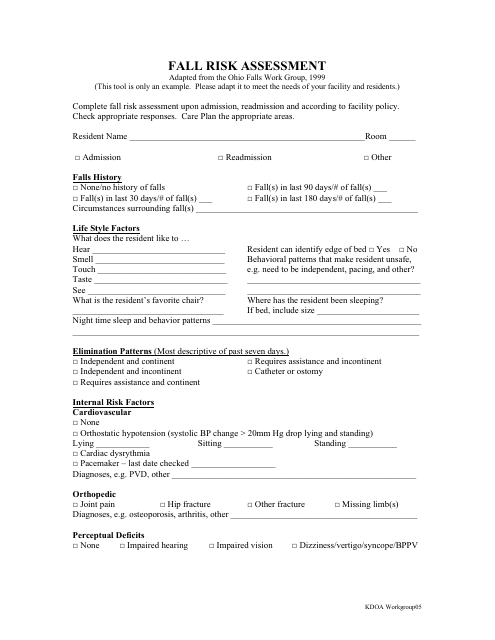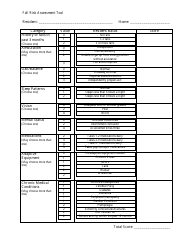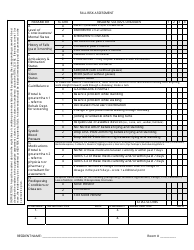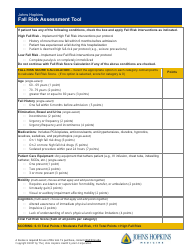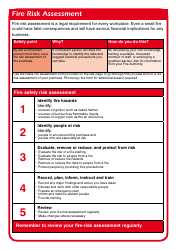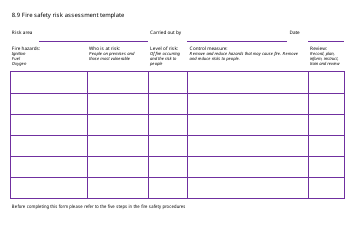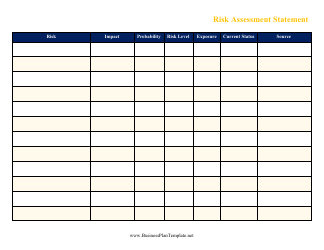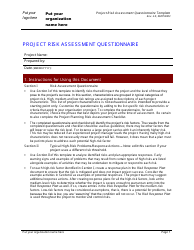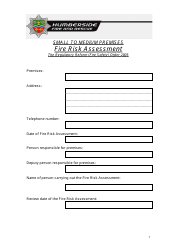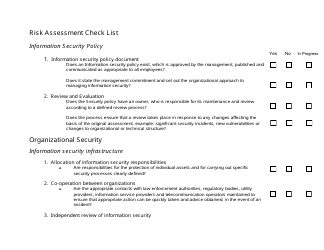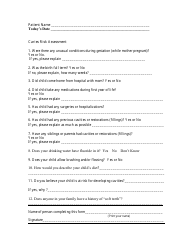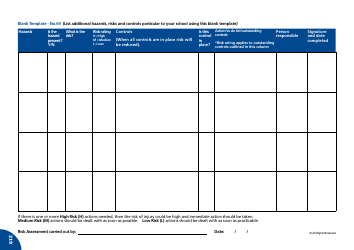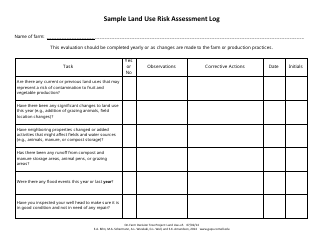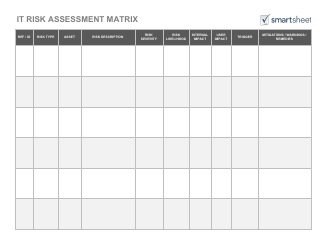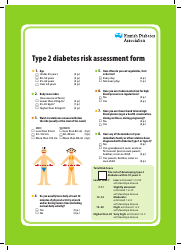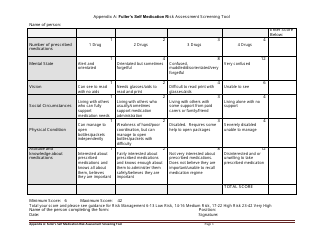Fall Risk Assessment Template
A Fall Risk Assessment Template is used to identify individuals who may be at risk of falling, and to create a plan to prevent falls and reduce injuries. It helps healthcare professionals evaluate an individual's risk factors for falls, such as balance, mobility, and medical history, and develop appropriate interventions to address these risks.
In the United States, the Fall Risk Assessment Template is typically filled out by healthcare professionals and caregivers who are responsible for assessing and managing the risk of falls in a patient.
FAQ
Q: What is a fall risk assessment template?
A: A fall risk assessment template is a tool used to evaluate an individual's risk of falling.
Q: Why is a fall risk assessment important?
A: A fall risk assessment is important because it helps identify individuals who are at higher risk of falling and allows for proactive measures to be taken to prevent falls.
Q: What does a fall risk assessment template typically include?
A: A fall risk assessment template typically includes various factors such as medical history, medication use, balance and gait evaluation, and home environment assessment.
Q: Who can use a fall risk assessment template?
A: A fall risk assessment template can be used by healthcare professionals, caregivers, or individuals themselves to evaluate fall risk.
Q: What are some common factors considered in a fall risk assessment template?
A: Some common factors considered in a fall risk assessment template include age, mobility, muscle weakness, vision problems, cognitive impairment, and previous fall history.
Q: What are some strategies to prevent falls identified through a fall risk assessment?
A: Strategies to prevent falls identified through a fall risk assessment may include exercise programs to improve strength and balance, medication management, home modifications, and use of assistive devices.
